VA Supplemental Claim Timeline Guide
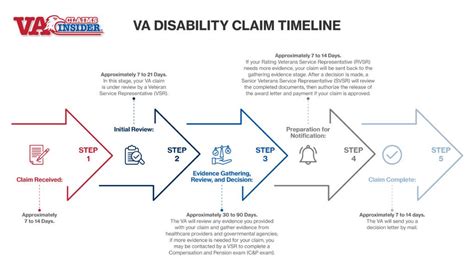
Introduction to VA Supplemental Claims
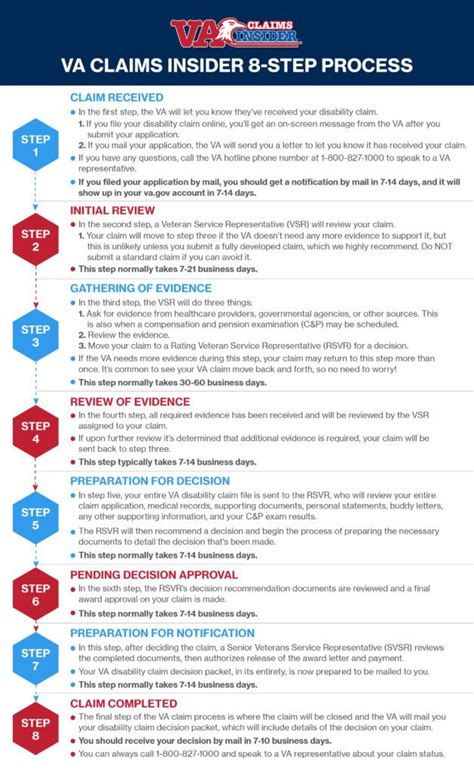
The Department of Veterans Affairs (VA) provides a range of benefits to eligible veterans, including compensation for service-connected disabilities. One way veterans can receive additional compensation is by filing a supplemental claim. A supplemental claim allows veterans to submit new evidence to support a previous claim for a service-connected condition, potentially leading to an increased rating and more benefits. Understanding the timeline for filing and processing supplemental claims is crucial for veterans to navigate the system efficiently.
Understanding the Basics of VA Supplemental Claims
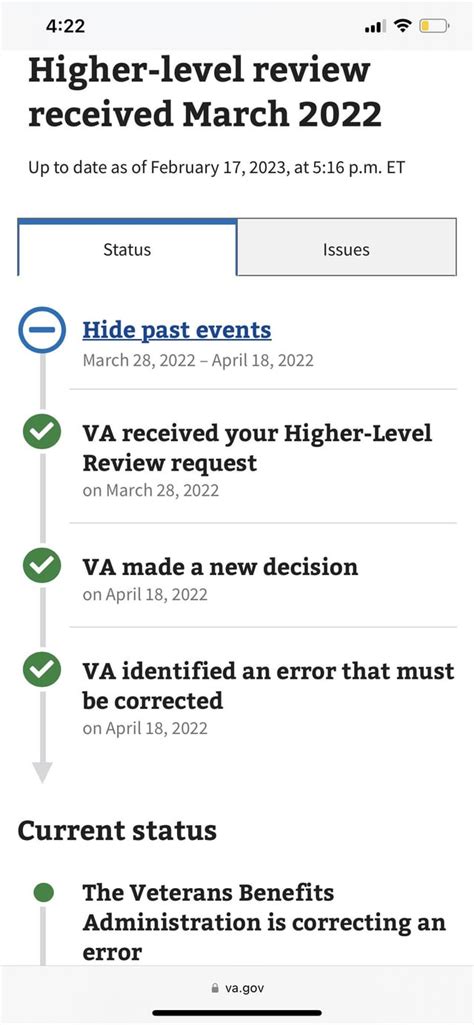
Before diving into the timeline, it’s essential to understand what constitutes a supplemental claim and how it differs from other types of claims. A supplemental claim is filed when a veteran wants to add new evidence to a previously decided claim. This new evidence can include additional medical records, personal statements, or other documentation that supports the veteran’s claim for an increased rating. The key aspect of a supplemental claim is that it is based on new and relevant evidence that was not considered in the original decision.
Steps Involved in Filing a VA Supplemental Claim

Filing a supplemental claim involves several steps, each with its own timeline and considerations: - Gathering New Evidence: The first step is to gather new and relevant evidence that supports the claim. This could include getting a new medical evaluation, obtaining buddy statements, or collecting other forms of evidence that were not previously considered. - Preparing the Claim: Once the evidence is gathered, the next step is to prepare the supplemental claim. This involves filling out the appropriate form (VA Form 20-0995) and ensuring all necessary documentation is attached. - Submitting the Claim: The prepared claim is then submitted to the VA. The submission can be done online, by mail, or in person at a regional office. - VA Review Process: After submission, the VA reviews the supplemental claim. This process involves evaluating the new evidence and determining whether it warrants a re-evaluation of the veteran’s rating.
Timeline for Filing and Processing VA Supplemental Claims

The timeline for filing and processing supplemental claims can vary significantly depending on several factors, including the complexity of the claim, the workload of the VA office, and the speed at which the veteran responds to requests for additional information. Here is a general outline of what to expect: - Submission to Initial Review: After submitting a supplemental claim, it typically takes a few weeks to a few months for the VA to acknowledge receipt and begin the review process. - Evidence Gathering: If the VA needs additional evidence, they will request it from the veteran or relevant parties. The timeline for this step depends on how quickly the requested information is provided. - Decision: Once all necessary evidence is gathered, the VA makes a decision on the supplemental claim. This can take several months, with the average being around 3-6 months, though it can be longer.
Key Considerations and Tips

- New and Relevant Evidence: The key to a successful supplemental claim is new and relevant evidence. Veterans should ensure that any evidence submitted was not previously considered and directly supports the claim for an increased rating. - Seeking Professional Help: The process can be complex and overwhelming. Veterans may find it helpful to seek assistance from a Veterans Service Organization (VSO) or an accredited attorney to ensure their claim is properly prepared and submitted. - Following Up: After submitting a supplemental claim, it’s a good idea to follow up with the VA to ensure the claim is being processed and to inquire about the status.
📝 Note: Keeping detailed records of all correspondence and evidence submitted is crucial for tracking the progress of the claim and for potential future appeals.
Common Mistakes to Avoid
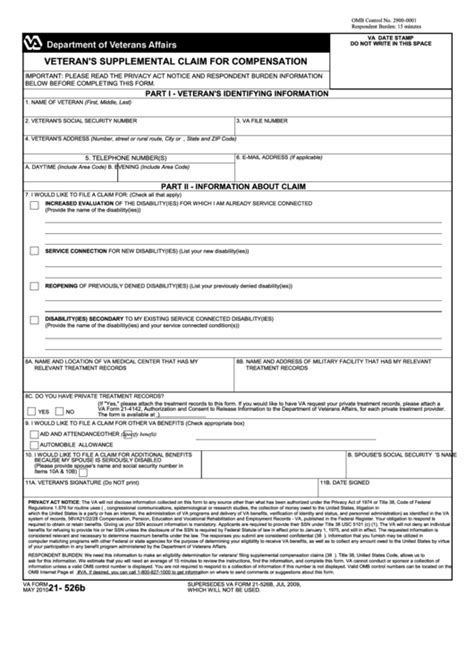
When filing a supplemental claim, there are several common mistakes that veterans should avoid: - Insufficient Evidence: Submitting a claim without sufficient new evidence to support an increased rating is a common mistake. Veterans should ensure they have compelling evidence before filing. - Missing Deadlines: Failing to respond to VA requests for information or missing deadlines for submitting evidence can delay the process or result in the claim being denied. - Lack of Patience: The VA claims process is known for being slow. Veterans should be patient and prepared to wait several months for a decision.
Conclusion and Final Thoughts

Navigating the VA supplemental claim process requires patience, persistence, and a clear understanding of the timeline and requirements. By gathering strong, new evidence and carefully preparing the claim, veterans can increase their chances of a successful outcome. Remembering to stay organized, seeking help when needed, and avoiding common pitfalls can make the process less daunting. Ultimately, the goal of filing a supplemental claim is to ensure that veterans receive the compensation they deserve for their service-connected disabilities, and with the right approach, this goal can be achieved.
What is the purpose of filing a VA supplemental claim?

+
The purpose of filing a VA supplemental claim is to submit new evidence to support a previous claim for a service-connected condition, potentially leading to an increased rating and more benefits.
How long does it typically take for the VA to process a supplemental claim?

+
The processing time can vary, but on average, it can take several months, typically ranging from 3 to 6 months, though it can be longer depending on the complexity of the claim and the VA’s workload.
What kind of evidence should be submitted with a supplemental claim?
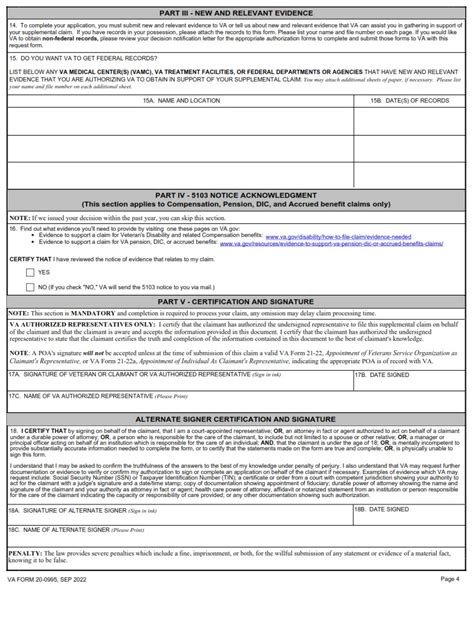
+
The evidence submitted should be new and relevant, meaning it was not previously considered, and directly supports the claim for an increased rating. This can include additional medical records, personal statements, or other documentation.



